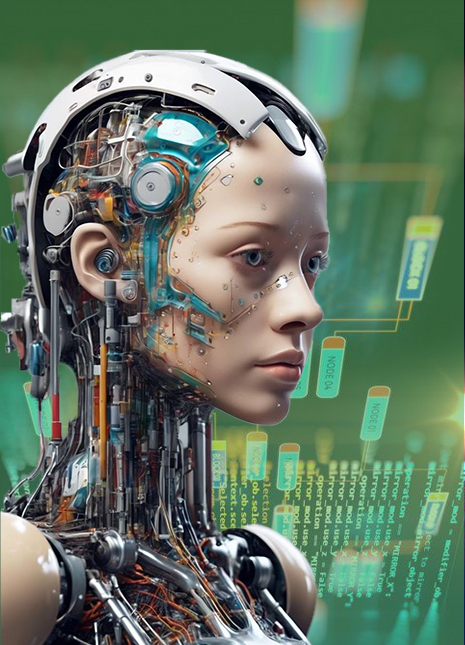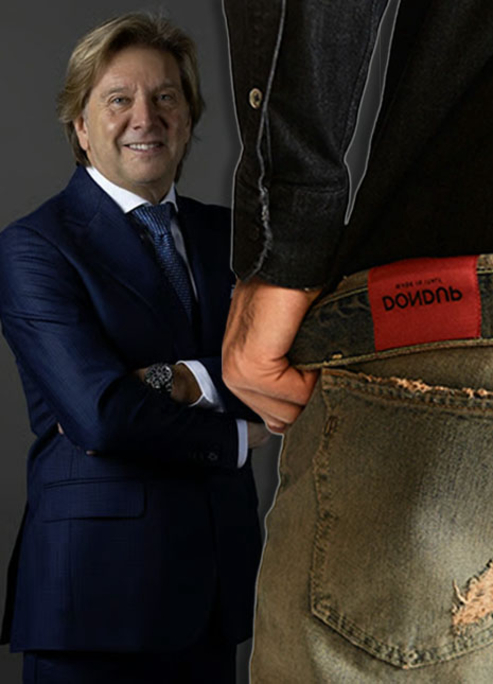
H&M's AI Models: Fashion's Future Or A Step Too Far?
Not everyone’s loving it.
Move over Gigi, there’s a new kind of model in town, and she’s made entirely of pixels. H&M just unveiled its latest marketing flex: AI-generated digital avatars, crafted to replace traditional models in ads and social posts. These sleek, hyper-real clones are serving lewk without ever setting foot in a studio.
It’s giving futuristic efficiency no scheduling chaos, no jet lag, and way fewer production costs. H&M can customize looks, tweak fits, and target every market in real time, without needing a hairstylist on speed dial. One industry insider even called it “a creative reset button” for how fashion campaigns are made.
But not everyone’s clapping.
Real Concerns About Fake Faces

While the tech is undeniably jaw-dropping, critics are sounding the alarm. Modeling agencies and unions are calling foul over the potential job loss and the murky ethics of digitally recreating people. Equity UK’s Paul W Fleming pointed out a huge red flag: models need control (and proper compensation) if their likeness is used, cloned, or remixed by AI.
And then there’s the vibe check. Can an artificial face really connect with shoppers who crave authenticity, diversity, and human storytelling? H&M says yes, but time and TikTok will tell.
The Future Is (Uncomfortably) Here

This isn’t a one-off. Fashion’s been flirting with AI for a while now from digital stylists and fitting rooms to brands like Balmain and Prada experimenting with virtual influencers. H&M’s AI avatars are just the next wave in a high-tech takeover that’s already rewriting the rules of design, retail, and now, modeling.
Will it stick? Will consumers embrace digital divas over IRL icons? Or will the pendulum swing back toward messy, real, human imperfection? For now, H&M is walking the pixelated runway into the future one synthetic strut at a time.











